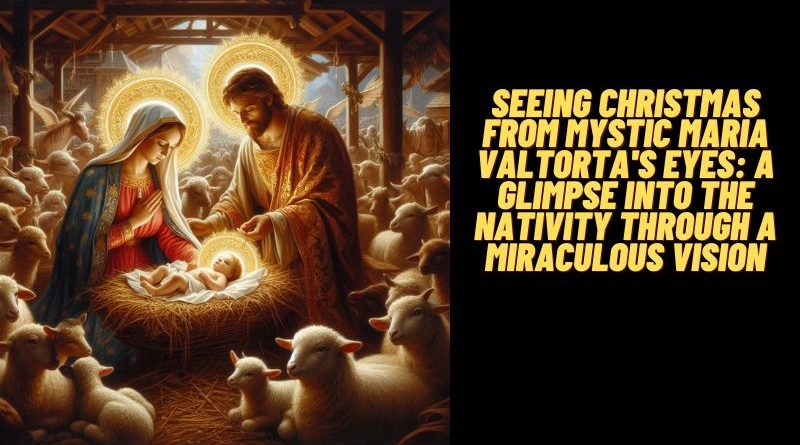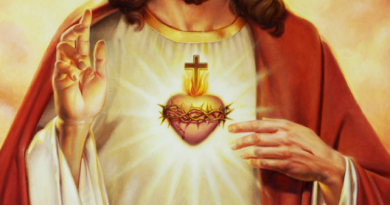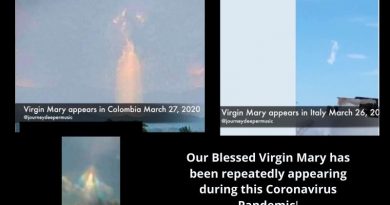Seeing Christmas from Mystic Maria Valtorta’s Eyes: A Glimpse into the Nativity through a Miraculous Vision
For centuries, the Nativity has captivated hearts and imaginations, its familiar story retold and cherished by generations. But what if you could peer beyond the traditional tapestry, stepping into the very stable of Bethlehem through the eyes of a 20th-century mystic?
Maria Valtorta, an Italian laywoman, received a series of divinely-inspired visions throughout her life, documented in her monumental work, “The Poem of the Man-God.” These visions, while not dogmatically binding, offer a unique and deeply moving perspective on the life of Christ, including the events surrounding his birth.
In Valtorta’s vision, the journey to Bethlehem is fraught with hardship. Mary endures exhaustion and discomfort, yet her spirit remains strong, fueled by unwavering faith and the impending miracle she carries within. Arriving at the stable, she finds it far from the romanticized versions often depicted. It is rough, cold, and devoid of grandeur.
Yet, it is here, amidst the humble simplicity, that the divine breaks through. As Joseph lays down straw for a makeshift bed, Valtorta describes a dazzling radiance emanating from Mary, illuminating the stable with “a light not of this world.” The light, she recounts, is not blinding, but rather warm and comforting, a tangible manifestation of the holiness within the Virgin.
The birth itself is witnessed by angels, their presence adding to the profound reverence that permeates the scene. Valtorta’s detailed descriptions offer a visceral experience of the Nativity, bringing us close to the sights, sounds, and even the smells of that sacred night. We feel the cold air prickling Joseph’s skin, the gentle tremor of Mary’s hands, and the first cry of the newborn king.
But beyond the sensory details, Valtorta’s vision captures the profound emotional depths of the Nativity. We see Mary’s overwhelming love for her child, a love that transcends human understanding. Joseph’s initial awe and trepidation melt into wonder and fatherly protectiveness. And, in the presence of the newborn Jesus, a profound sense of peace and hope descends upon the humble stable.
Through Valtorta’s eyes, the Nativity becomes more than a historical event; it becomes a tangible encounter with the divine mystery. We witness the miraculous, the tender, and the profoundly human, all interwoven in this holy night.
What Valtorta’s vision ultimately offers is a reminder of the transformative power of faith. Whether we approach it through traditional narratives or mystical accounts, the Nativity has the power to touch our hearts and draw us closer to the profound mystery of God’s love made flesh. As we celebrate Christmas this year, may we allow ourselves to be transported by the vision of Maria Valtorta, and see the Nativity with newfound wonder and grace.
Note: It is important to acknowledge that interpretations of Maria Valtorta’s visions differ, and they are not considered official Church teaching. However, her writings can be a source of spiritual reflection and inspiration for many Catholics.
This article is just a starting point. Feel free to adapt and expand it by including specific details from Valtorta’s visions, incorporating Scripture references, or exploring the theological implications of her account. You can also personalize it by sharing your own thoughts and reflections on the Nativity.





